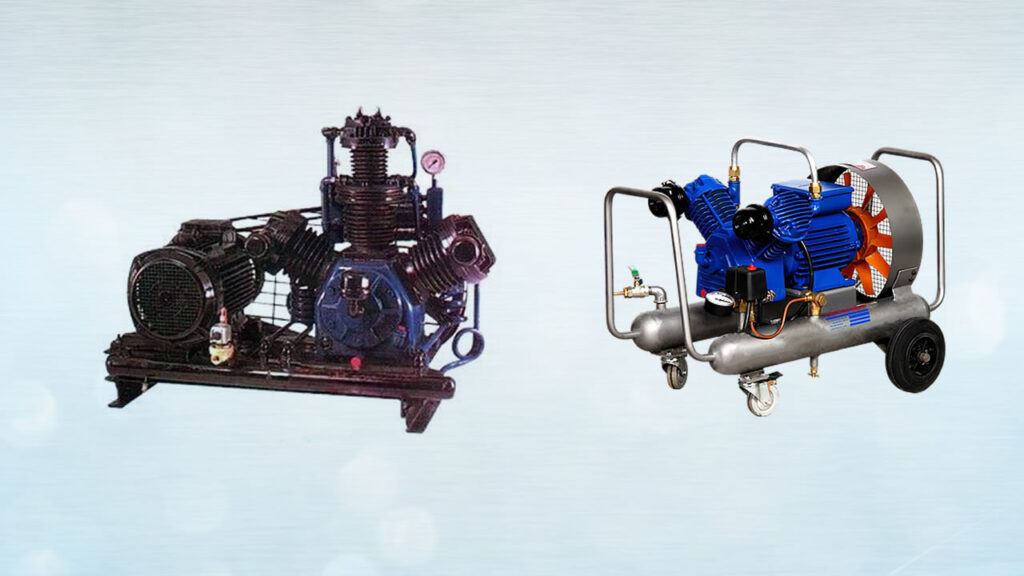Special Compressor
- Home
- Compressors
- Special Compressor
Special Compressor

Air dryers are crucial components in compressor systems, designed to remove water molecules from compressed air. The presence of moisture in the compressed air can lead to inefficiencies and potential damage to the compressor and related equipment. By eliminating this moisture, air dryers help maintain optimal performance and longevity of the compressor system.
The Role of Air Dryers in Compressor Systems
When air is compressed, the water vapor present in the atmospheric air condenses into liquid water. If this moisture is not removed, it can cause several issues:
- Reduced Efficiency: Moist air can lower the overall efficiency of pneumatic devices and processes.
- Corrosion and Rust: Internal parts of the compressor and air tools are prone to rust and corrosion when exposed to moisture, leading to frequent maintenance and shorter lifespan.
- Contamination: Moisture can combine with oil and other contaminants, creating sludge that clogs filters and valves, impairing system performance.
How Air Dryers Work
Air dryers function by removing water vapor from the compressed air. The process typically involves cooling the air, condensing the water vapor, and then separating and removing the liquid. Here’s a breakdown of the process:
- Cooling and Condensation: The compressed air is cooled, causing water vapor to condense into liquid water.
- Separation: The liquid water is separated from the air stream, usually in a separation vessel.
- Drainage: The collected water is periodically drained from the system.
- Heating and Drying: The dehumidified air passes through a heat exchanger, warming it up before it exits the dryer and enters the air system.
Types of Air Dryers
Air dryers come in various types, each with unique mechanisms and applications:
Refrigerant Dryers:
- Mechanism: These use mechanical cooling to chill the compressed air, condensing water vapor into liquid, which is then collected and drained.
- Performance: They typically achieve a pressure dew point between 1-4 degrees Celsius. They are efficient but can freeze at temperatures below 0 degrees Celsius.
- Applications: Suitable for general-purpose drying where the dew point requirements are not extremely low.
Chemical Dryers:
- Mechanism: These use desiccants like silica gel and aluminum oxide to adsorb water vapor from the compressed air.
- Performance: They can achieve very low dew points, around -40 degrees Celsius, and even down to -73 degrees Celsius with specific desiccants.
- Applications: Ideal for applications requiring very dry air, such as in the electronics and pharmaceutical industries.
Deliquescent Dryers:
- Mechanism: These use absorbent chemicals (desiccants) to remove moisture from the air. The moisture-laden chemicals are then drained as liquid.
- Performance: They reduce the dew point by 10-15 degrees Celsius from the incoming air temperature.
- Applications: Common in remote and outdoor operations like tree cutting and sandblasting, where maintenance is less frequent.
Installation and Maintenance Considerations
Proper installation and maintenance of air dryers are essential for their efficient operation and longevity:
- Location: Air dryers should be placed in cool, well-ventilated areas, away from heat sources like compressors, steam boilers, and other machinery.
- Ventilation: Ensure good airflow around the dryer to prevent overheating and ensure efficient operation.
- Regular Maintenance: Routine checks and maintenance, as per the manufacturer’s guidelines, help in identifying and rectifying issues before they lead to system failures.
- Drain Management: Proper disposal of wastewater as per local regulations is necessary to comply with environmental standards.
Conclusion
Air dryers play a vital role in ensuring the efficiency and durability of compressor systems by removing moisture from compressed air. By choosing the right type of air dryer and maintaining it properly, you can protect your equipment from moisture-related damage and ensure optimal performance in various applications.

